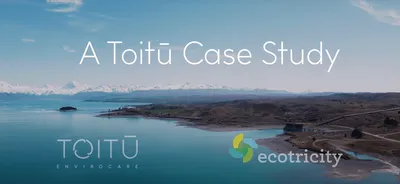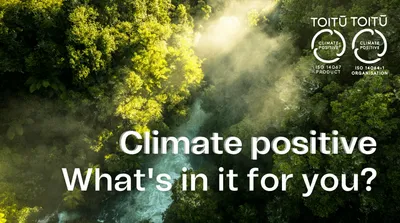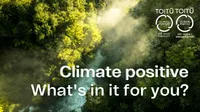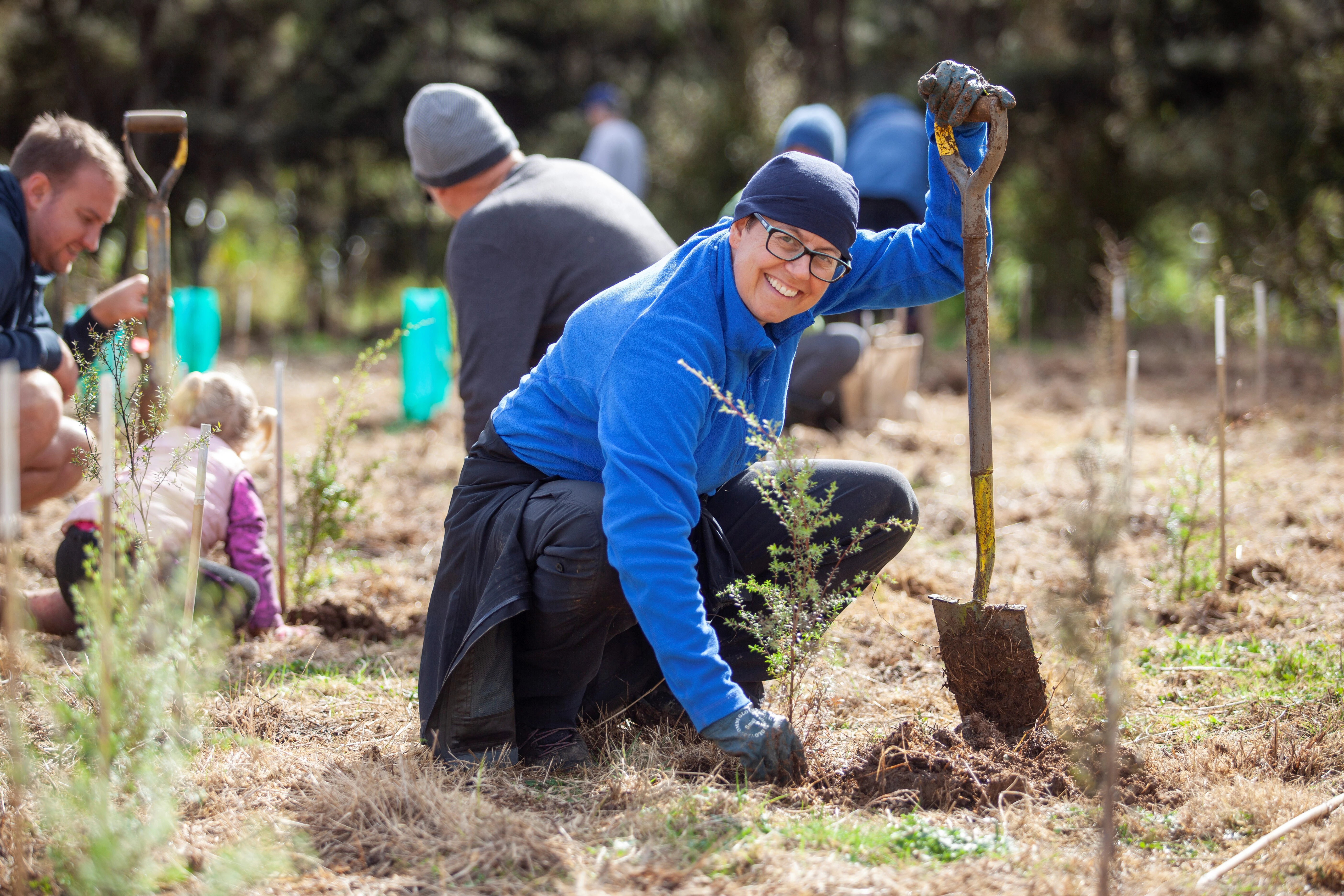First year climate positive certified COMPLETE!
27/03/2024
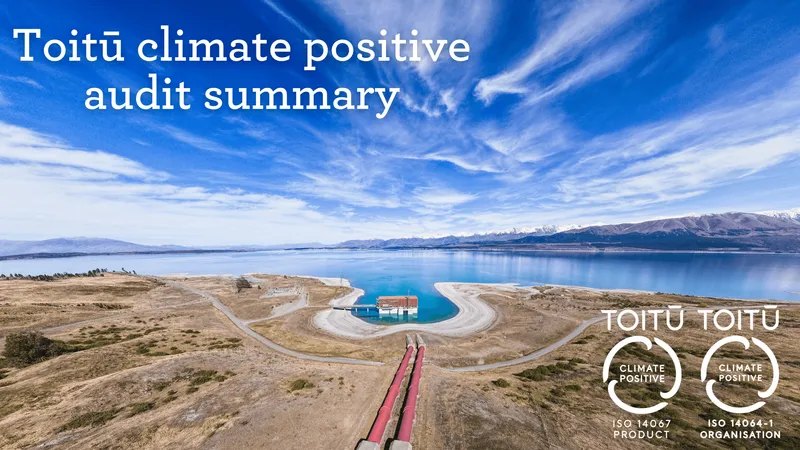
At Ecotricity, we take pride in our decade-long journey with Toitū certification. For nine years, we were carbonzero certified, and in the past year, we achieved another milestone by becoming climate positive certified for both our organization and products. Toitū climate positive certification signifies our commitment to offsetting at 125% of our emissions than our product footprint, while also contributing a further 75% to broader social and environmental goals. This certification showcases our dedication to science-aligned reduction targets and engagement throughout our value chain.
We have officially been Toitū climate positive certified for one year, recently receiving our Toitū audit summary, and are excited to share some key findings with you. As a dual-certified organization, we undergo rigorous Toitū audits and are proud holders of two certificates. Let's delve into the details!
Toitū climate positive Organisation certification
Being Toitū climate positive certified means setting science-based targets to reduce our emissions while annually measuring and compensating for at least the mandatory emissions outlined by the Toitū Programme . Our latest report summarizes Ecotricity's annual greenhouse gas (GHG) emissions inventory and management efforts as part of our journey towards Toitū climate positive certification.
Ecotricity is committed to not only measuring and managing emissions but also to reducing them wherever possible. We understand our role in the transition to a net-zero carbon future by 2050 and are actively working on initiatives like introducing new renewable generation, particularly solar, to the New Zealand market. Our advanced electricity consumption and emissions reporting helps our customers to reduce their energy usage at home and in their business as well as making reporting easier. Additionally, we promote electric transport adoption through resources like our EV buyer's guide and EV-related YouTube content, along with offering incentives for staff to switch to EVs and electric bikes.
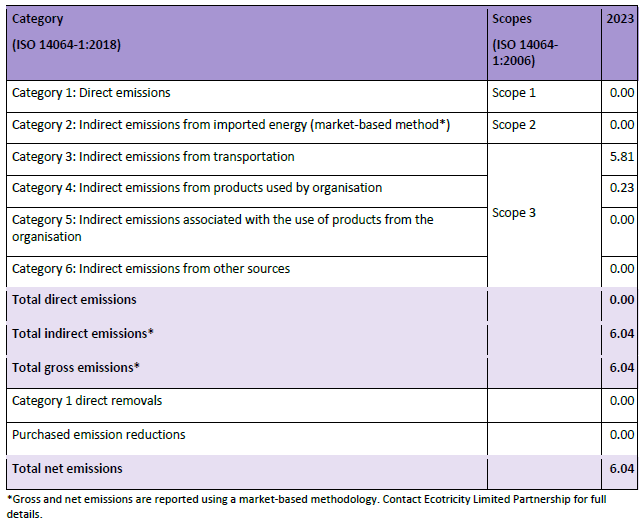
In the past year (from August 2022 to July 2023), Ecotricity's greenhouse gas emissions totalled 6.04 tCO2e. We measured the emissions resulting from our operational activities, purchased energy, and selected impacts from our value chain activities, including business travel, freight, and waste sent to landfill. Our focus areas for emissions reduction include air travel, which is currently our largest emission source due to business expansion efforts. However, we anticipate a decrease in flights in the coming years with increased use of video conferencing.
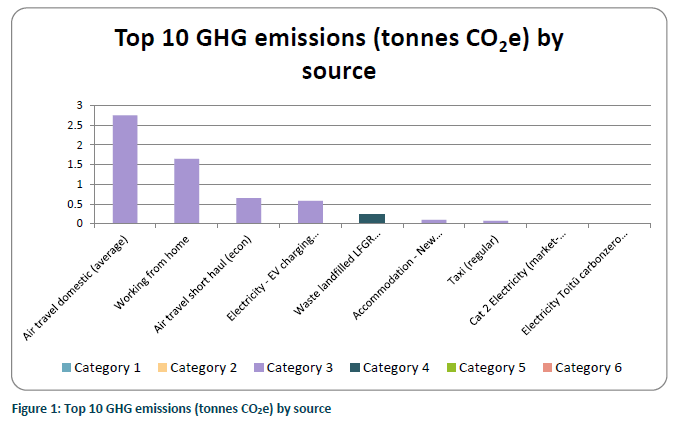
Key Points and Reduction Targets
- Our five-year target is to decrease total emission intensity by 5%.
- We plan to certify more climate-positive generation assets as our customer base grows.
- Educating customers on emission reduction through our website and encouraging them to opt for climate-positive certified electricity.
- Accelerating decarbonization throughout our value chain by working with suppliers to better measure and manage emissions.
- We aim to reduce emissions from fuel and energy-related activities by improving measurement and transitioning more staff to Ecotricity electricity to eliminate emissions at home.
Toitū climate positive Product certification
Our Toitū climate positive certified product includes selected hydro, wind, and domestic solar. This certification entails measuring cradle-to-grave lifecycle emissions to ISO 14067:2018 and Toitū programme requirements, managing and reducing emissions intensity, compensating remaining emissions, and contributing to broader social and environmental outcomes.
We source our certified product electricity from various solar generation partners, domestic customers, as well as from Genesis and Pioneer Energy, who supply us from renewable wind, solar, and hydro sources.
We have measured the greenhouse gas emissions resulting from our hydro, wind, and solar generation product range for this year for the full product life cycle - including raw materials, core processes, packaging, distribution, use and end of life. Results can be seen in the table below.
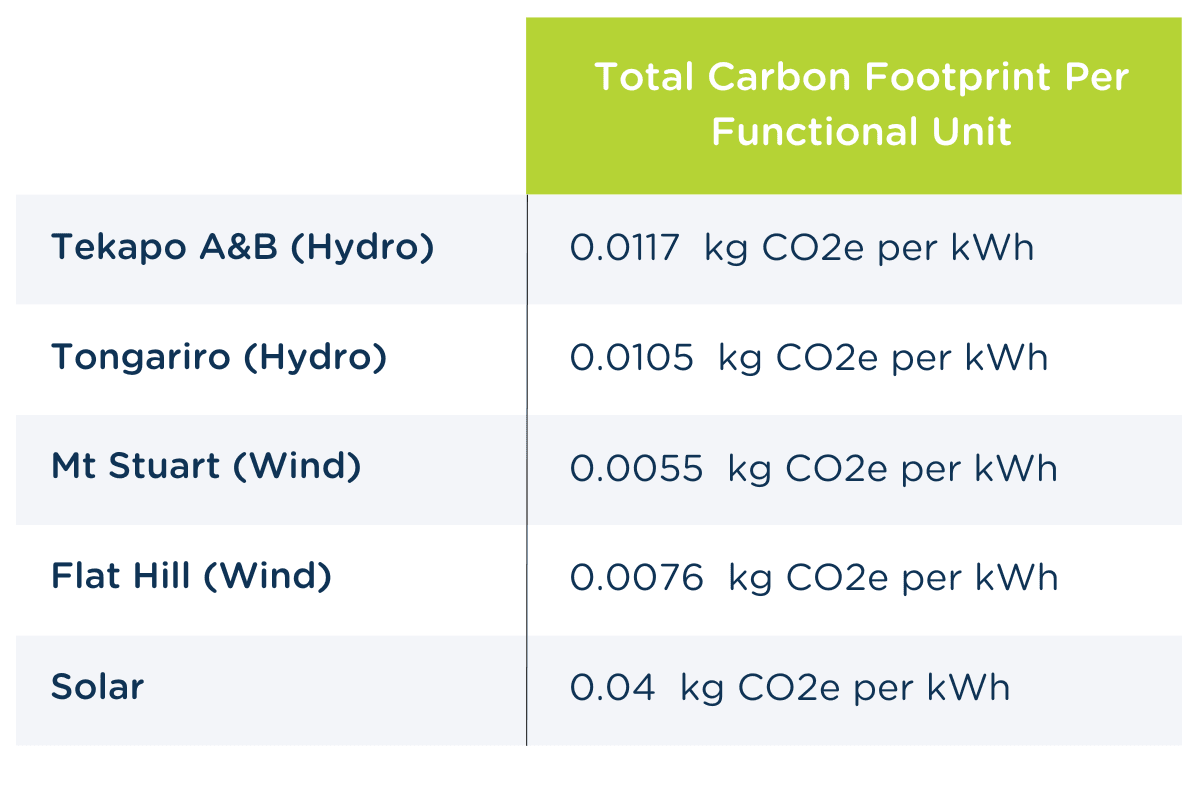
Product carbon footprint total for each product in the range (kgCO2e per Functional Unit)
Emission Results
- For Tekapo A&B a reduction in emissions intensity of 0.0003 kgCO2e/kWh has been achieved.
- For Tongariro, a reduction in emissions intensity of 0.000235 kgCO2e/kWh has been achieved.
- For Domestic Solar, a reduction in emissions intensity of 0.02021 kgCO2e/kWh has been achieved.
- For Flat Hill an increase in emissions intensity of 0.0004 kgCO2e/kWh has occurred.
- For Mt Stuart a increase in emissions intensity of 0.0007 kgCO2e/kWh has occurred.
What does Cradle to Grave mean?
Cradle-to-grave refers to the full life cycle of the product or energy source, for example a hydro dam. This includes material acquisition and pre-processing, construction and land use change, operation and maintenance, and transmission and distribution. See the figure below for a more detailed explanation.

Reduction Targets and Compensation
While we don't have operational control over hydro dams or wind farms, we have developed an emissions reduction plan focusing on areas within our influence. Projects in this plan include monitoring alternatives for site maintenance vehicles and reducing transmission emissions through local renewable energy projects.
To compensate for emissions, we have invested in carbon credit projects, including GHG emission reduction projects in Bangladesh and Ghana. These efforts align with our commitment to minimizing harm while working on emissions reduction.
Contributions and Initiatives
Ecotricity prioritizes environmental responsibility alongside emission reduction efforts. As part of this commitment, Ecotricity has invested in carbon credit projects to offset the mandatory emissions incurred from tour operations this year as per Toitū standards.
These initiatives include:
- Avoidance credits: 5 credits from #0438, GHG emission reduction through use of Bondhu Chula (improved cook stoves) in Bangladesh.
- Avoidance Credits: 5,100 (4,258 and 842 from #0358,Gyapa Cook Stoves Project in Ghana)
- Removal Credits: 482 from #0357, PFSI Owenga
Furthermore, Ecotricity actively contributes to society's transition to a decarbonized future. This includes developing and maintaining an EV buyer's guide and providing public advice on electric transport options. By encouraging EV ownership and advocating for cleaner energy alternatives, Ecotricity aims to reduce GHG and tailpipe emissions, particularly in congested urban areas.
Ecotricity's contributions to decarbonization extend 75% beyond its operations, with support for local and international projects such as the Million Meters Stream Project in NZ, Gyapa Cookstoves Project in Ghana, Orb Household Project in India, Emami Power Solar Energy Project, and Solar Energy Project in Maharashtra, India. For more information, visit our climate positive page.
